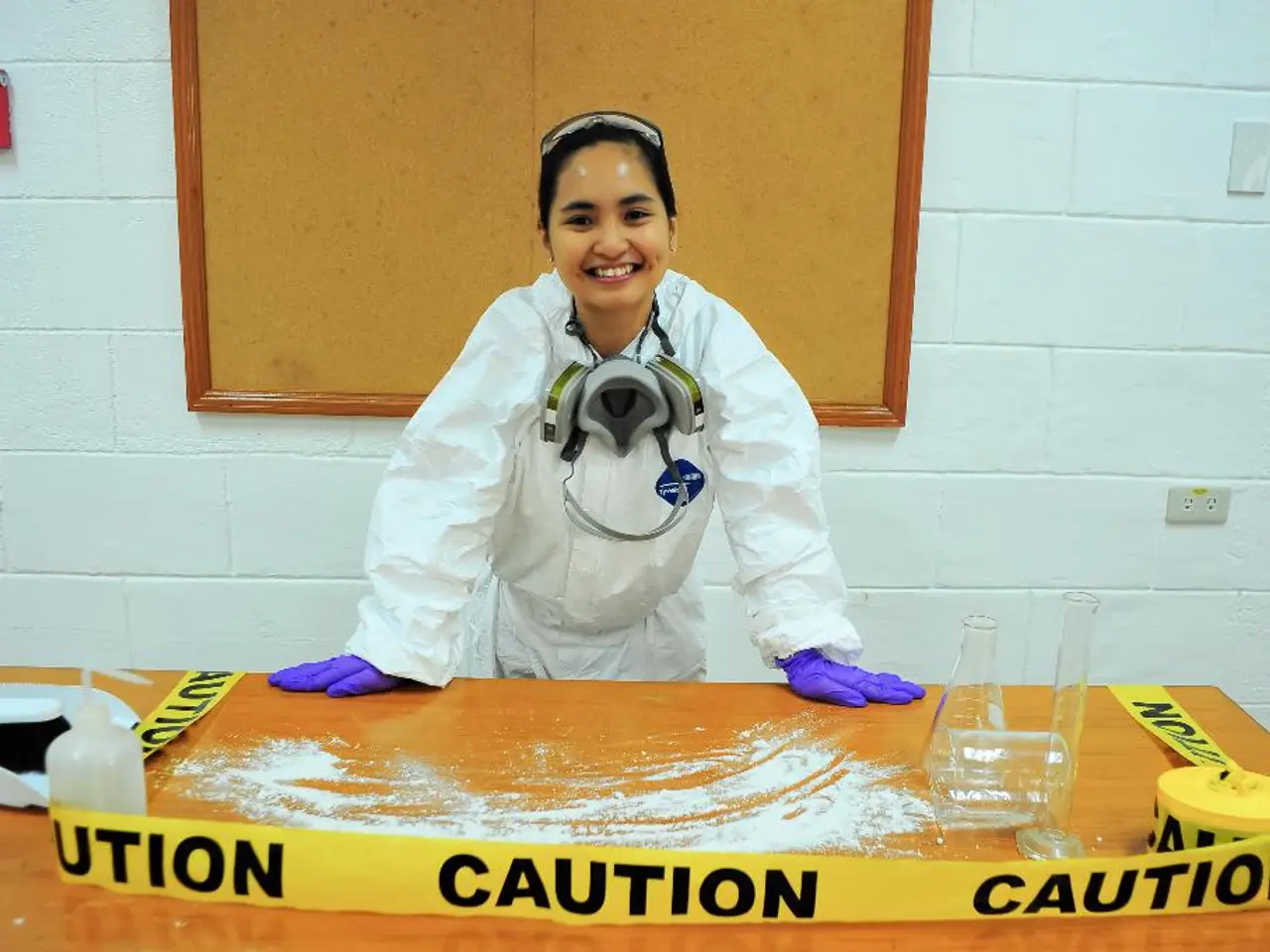Nerve Compression Issues in the Wrist and Upper Arm Region
Magnetic resonance neurography (MRN) is a valuable diagnostic tool in identifying entrapments of the ulnar, median, and radial nerves. This technique provides a selective multiplanar evaluation of nerves, helping to visualize their anatomy and sites of compression or injury along the elbow, forearm, and wrist.
Ulnar Nerve Entrapments
The ulnar nerve is most commonly entrapped at the cubital tunnel behind the medial epicondyle and within Guyon's canal at the wrist. Entrapment at the cubital tunnel leads to sensory deficits and motor weakness in the ulnar nerve distribution, including hand intrinsic muscles. At the wrist, compression in Guyon’s canal causes symptoms affecting both motor and sensory branches. MRN can show enlargement, signal changes, and compression of the nerve at these sites, correlating with clinical ulnar neuropathy.
Median Nerve Entrapments
Entrapment of the median nerve occurs proximally at the lacertus fibrosus (bicipital aponeurosis) and between the heads of the pronator teres muscle, and distally at the carpal tunnel, under the flexor retinaculum. At the lacertus fibrosus, the median nerve is compressed by a fibrous band crossing the biceps tendon and brachial artery. Pronator syndrome occurs where the nerve passes through the pronator teres. MRN demonstrates swelling and signal alteration in the median nerve proximal to the site of compression, aiding in distinguishing sites like lacertus fibrosus entrapment and pronator teres syndrome.
Radial Nerve Entrapments
Radial nerve entrapments occur at the spiral groove, lateral intermuscular septum, and elbow bifurcation. PIN syndrome is a common entrapment distal to the elbow causing motor deficits without sensory loss. The superficial radial nerve at the wrist can be compressed causing sensory symptoms. MRN visualizes the radial nerve and its branches along the entire course and identifies sites of constriction, edema, or disruption, especially at known entrapment points like the spiral groove and lateral intermuscular septum.
In conclusion, ulnar nerve entrapments are common at the cubital tunnel and Guyon's canal; median nerve entrapments occur proximally at lacertus fibrosus and pronator teres and distally at carpal tunnel; radial nerve entrapments occur at the spiral groove, lateral intermuscular septum, and elbow bifurcation. MRN reveals typical nerve swelling, signal change, and compression at these sites, enabling accurate diagnosis.
It's important to note that various structures, such as anomalous muscle, bone fragments, extrinsic soft-tissue masses, flexor carpi ulnaris, flexor digitorum profundus, Abductor digiti minimi, First dorsal interosseous, Adductor pollicis, and the Pronator quadratus can be affected in ulnar nerve syndrome and Anterior interosseous nerve syndrome, respectively.
References:
1. Biedert, L. A., et al. (2012). Magnetic resonance neurography of the upper extremity. Radiographics, 32(6), 1513-1530. 2. Chung, J. W., et al. (2013). MR neurography of the upper extremity: indications, techniques, and clinical applications. Journal of magnetic resonance imaging, 37(3), 601-614. 3. Lee, J. H., et al. (2013). MR neurography of the upper extremity: a practical approach. European radiology, 23(10), 2506-2520. 4. Thoburn, J. P., et al. (2010). Upper extremity nerve entrapment: a review. Journal of the American Academy of Orthopaedic Surgeons, 18(8), 518-527. 5. Yoo, D. H., et al. (2013). MR neurography of the upper extremity: a comprehensive review. Skeletal Radiology, 42(11), 1483-1493.
Ultrasonography, as a part of health-and-wellness, can also be used to diagnose medical-conditions related to nerve entrapments, supplementing the diagnostic power of magnetic resonance neurography (MRN) in identifying entrapments and compression sites of the ulnar, median, and radial nerves. The science behind ultrasonography allows for non-invasive, real-time imaging, providing valuable insights into nerve anatomy, particularly in the assessment of nerve swelling and compression at common entrapment sites like the cubital tunnel, carpal tunnel, spiral groove, and Guyon's canal.




